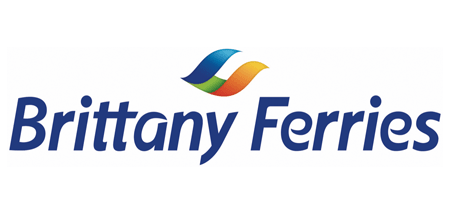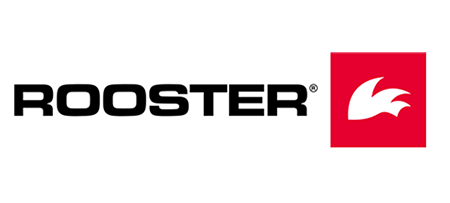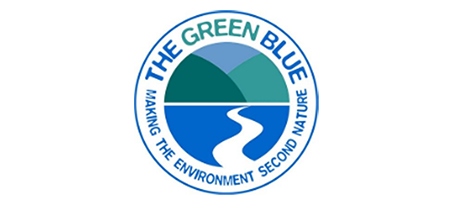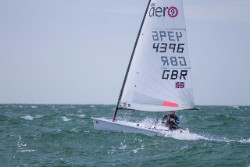
Welcome to the International Class Association website for the RS Aero. Here you will find all there is to know about the RS Aero including the latest news, how to register your boat, and links to relevant documents.
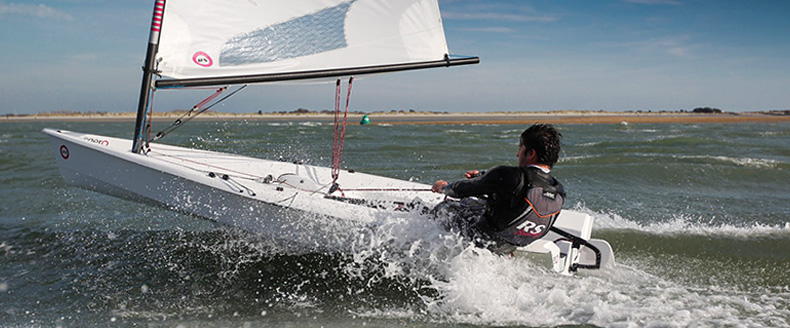
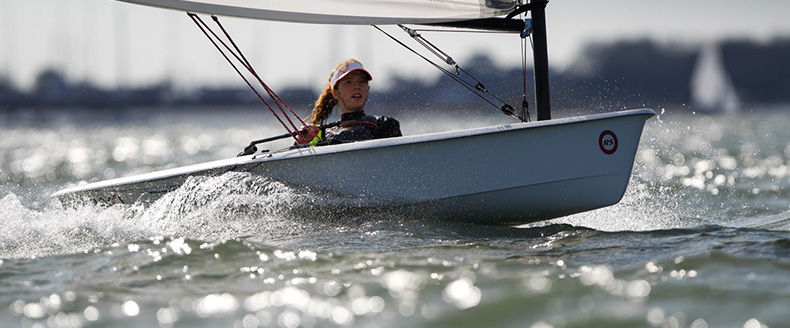
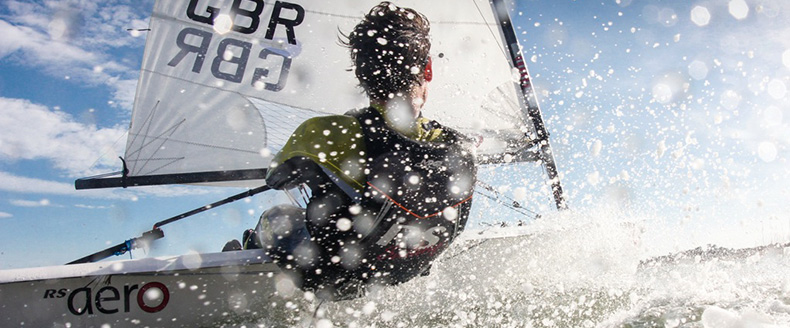
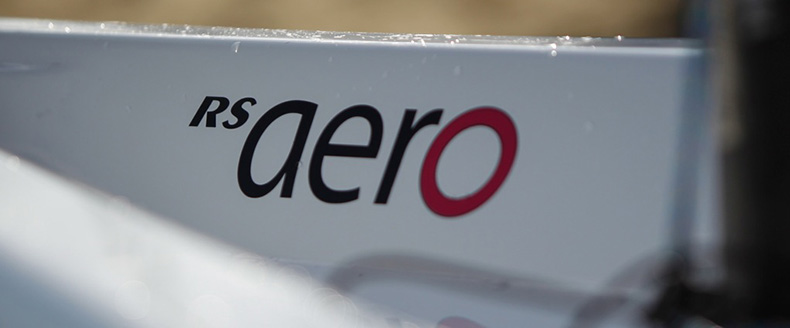
| Home >> Technical >> Halyard Rope |
We bought our Aeros at the end of last season and we had the same problems. Rooster sell a very good top part of the halyard with a pre spliced loop. We then tied the thinner bottom part with a bowline. Works a treat and had no issues since (apart from not being allowed to go sailing that is 😬)
Reply
Reply
09/05/2020 19:51:00
Dunsmall
Posts: 28
Hi Steph,
Standard
The reason the main halyard is supplied the way is as standard is that ideally the top cleating part of the main halyard will be a 5mm (4mm works, unless it becomes flattened with use) non stretch rope suitable for cleating.
The tail will be 2-3mm and ideally a slightly stretchy rope.
The top cleating part should be supplied with the core removed from the last 6-10cm from one end so that the rope flattens there and the sheet bend is then smaller and passes through the fairlead more easily. It is worth checking if you are having difficulty with the knot passing the fairlead. Either reverse if you have it the wrong way or if the core is there in both ends it is easy to pull out 10cm and cut. (see picture from Rigging Manual)
There is a little technique getting the knot through the top fairlead. If you hoist to the knot very slowly it will jam and extra force then will not pull it through. Back it off just a little, say 20cm, then pull decisively and it will pass the fairlead no probs.
When the cleating rope is brand new it is likely to slip a little on the first sail until worn, so don't immediately think that the rope you have does not cleat. A small brush with sandpaper over the cleating part (but do not overdo it!) can overcome that first sail issue, if it is an important race to you.
The tail benefits from being stretchy as then with a little tension into the bottom cleat (maybe 3-4cm of stretch, but not so much to uncleat at the top cleat) the main halyard will remain tidied behind the mid mast mushroom. It will fall off that mushroom when you bend the mast in stronger breezes, but that does not matter
Without Knot
If you want to have one line without the knot that is possible.
There is an option to buy it stripped from RS Sailing, otherwise you can strip or splice your own one with the tools and skills. You could use one uniform 4-5mm diameter line, but that is less ideal.
To strip your own you need a rope with a dyneema core for non stretch, e.g. a 5mm rope with a 2-3mm dyneema core. If you make the top part a little longer than you need then you can easily trim a little off it as it gets worn in the cleat until it becomes too short again, that saves a little rope and effort in the longer term.
Standard
The reason the main halyard is supplied the way is as standard is that ideally the top cleating part of the main halyard will be a 5mm (4mm works, unless it becomes flattened with use) non stretch rope suitable for cleating.
The tail will be 2-3mm and ideally a slightly stretchy rope.
The top cleating part should be supplied with the core removed from the last 6-10cm from one end so that the rope flattens there and the sheet bend is then smaller and passes through the fairlead more easily. It is worth checking if you are having difficulty with the knot passing the fairlead. Either reverse if you have it the wrong way or if the core is there in both ends it is easy to pull out 10cm and cut. (see picture from Rigging Manual)
There is a little technique getting the knot through the top fairlead. If you hoist to the knot very slowly it will jam and extra force then will not pull it through. Back it off just a little, say 20cm, then pull decisively and it will pass the fairlead no probs.
When the cleating rope is brand new it is likely to slip a little on the first sail until worn, so don't immediately think that the rope you have does not cleat. A small brush with sandpaper over the cleating part (but do not overdo it!) can overcome that first sail issue, if it is an important race to you.
The tail benefits from being stretchy as then with a little tension into the bottom cleat (maybe 3-4cm of stretch, but not so much to uncleat at the top cleat) the main halyard will remain tidied behind the mid mast mushroom. It will fall off that mushroom when you bend the mast in stronger breezes, but that does not matter
Without Knot
If you want to have one line without the knot that is possible.
There is an option to buy it stripped from RS Sailing, otherwise you can strip or splice your own one with the tools and skills. You could use one uniform 4-5mm diameter line, but that is less ideal.
To strip your own you need a rope with a dyneema core for non stretch, e.g. a 5mm rope with a 2-3mm dyneema core. If you make the top part a little longer than you need then you can easily trim a little off it as it gets worn in the cleat until it becomes too short again, that saves a little rope and effort in the longer term.
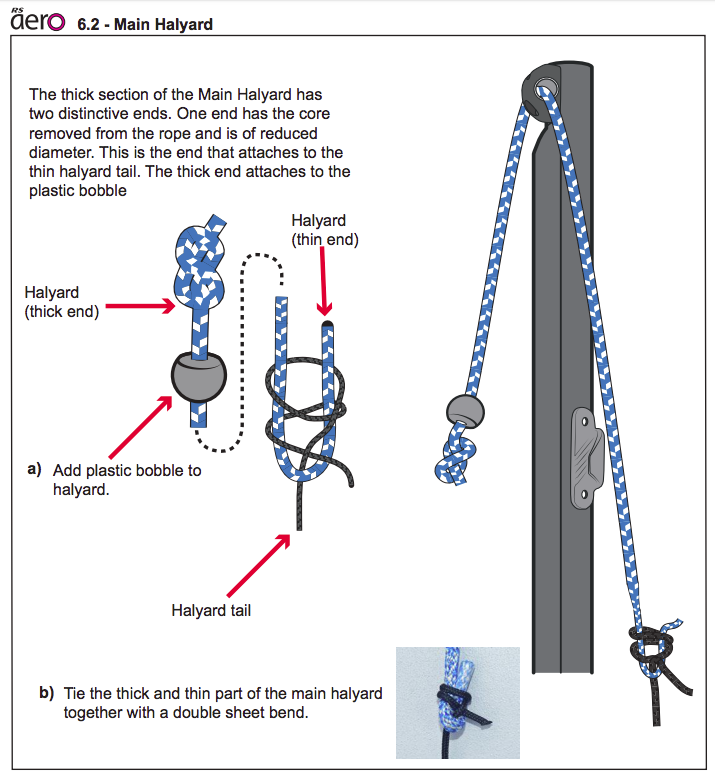
Reply
09/05/2020 18:17:00
Peter Barton
Posts: 5189
I am having trouble getting the halyard through the top of the mast due to the sheet bend, is there any reason why I can’t use one continuous rope instead? If so, what thickness would be best?
Reply
Reply
09/05/2020 09:49:00
Steph
Posts: 7
